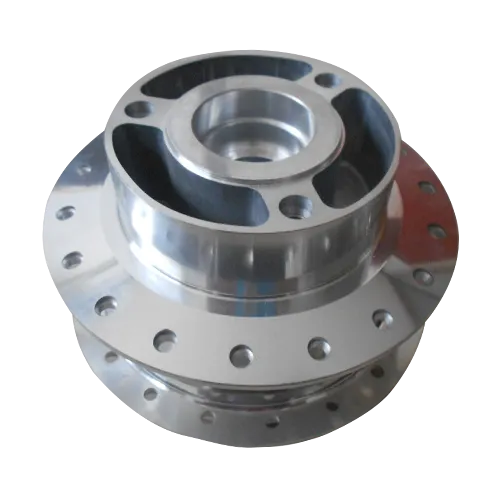Mobile:+86-311-808-126-83
Email:info@ydcastings.com
Understanding the Process and Benefits of Sand Mould Casting Techniques in Manufacturing
Sand Mould Casting An Overview of the Process and Its Applications
Sand mould casting, one of the oldest and most widely used metal casting techniques, involves the use of sand to create a mold for pouring molten metal. This method has been instrumental in manufacturing a variety of components in numerous industries, owing to its cost-effectiveness, adaptability, and versatility.
The Process of Sand Mould Casting
The sand mould casting process begins with the creation of a mould in which the molten metal will be poured. The first step involves the preparation of a pattern, usually made from a material such as wood, metal, or plastic. This pattern is a replica of the final product, and it is used to form the cavity in the sand.
Once the pattern is prepared, the next stage is sand preparation. A mixture of sand, clay, and water is employed to create a suitable moulding sand. The clay acts as a binder, giving the sand cohesion and enabling it to retain the shape of the pattern. The sand mixture is then packed around the pattern in a two-part mould, known as the cope and drag. After the sand has been adequately compacted, the pattern is carefully removed, leaving a hollow cavity in the shape of the desired component.
The two halves of the mould — the cope (top half) and drag (bottom half) — are then assembled, and pouring channels and vents are created to allow the molten metal to flow into the cavity while also releasing gases produced during the process. After the assembly is complete, the molten metal, which can include materials such as iron, aluminum, or bronze, is poured into the mould through the designated pouring channel.
Once the metal has cooled and solidified, the mould is broken away to reveal the cast component
. Depending on the requirements, the cast part may undergo finishing processes such as grinding, machining, or polishing to achieve the desired surface quality and dimensions.sand mould casting

Advantages of Sand Mould Casting
One of the significant advantages of sand mould casting is its flexibility. It can accommodate large, complex shapes and a wide variety of metal alloys, making it suitable for producing components in industries ranging from automotive to aerospace. The relatively low cost of materials and equipment compared to other casting methods, such as die casting or investment casting, allows for economical production, especially for small and medium-sized batches.
Moreover, sand mould casting is highly scalable. It can be used for both large-scale production and one-off custom parts. This adaptability is particularly beneficial for industries that require prototyping or low-volume manufacturing.
Applications of Sand Mould Casting
Sand mould casting is employed in various sectors. In the automotive industry, it is used to manufacture engine blocks, cylinder heads, and other critical engine components. The construction industry utilizes sand casting to produce architectural elements and structural components. Additionally, the art and design sectors leverage this technique to create intricate sculptures and bespoke items.
The versatility of sand mould casting continues to evolve, especially with advancements in technology. Contemporary methods include computer-aided design (CAD) and computer numerical control (CNC) machining, which enhance precision and efficiency. Furthermore, the introduction of environmentally friendly sand mixtures aims to reduce the ecological impact of traditional sand casting processes.
In conclusion, sand mould casting remains a fundamental method in metal manufacturing, appreciated for its reliability and diversity in applications. As industries continue to innovate, the relevance of sand mould casting is likely to endure, adapting to meet the challenges and demands of modern production.
-
Why Should You Invest in Superior Pump Castings for Your Equipment?NewsJun.09,2025
-
Unlock Performance Potential with Stainless Impellers and Aluminum End CapsNewsJun.09,2025
-
Revolutionize Your Machinery with Superior Cast Iron and Aluminum ComponentsNewsJun.09,2025
-
Revolutionize Fluid Dynamics with Premium Pump ComponentsNewsJun.09,2025
-
Optimizing Industrial Systems with Essential Valve ComponentsNewsJun.09,2025
-
Elevate Grid Efficiency with High-Precision Power CastingsNewsJun.09,2025











